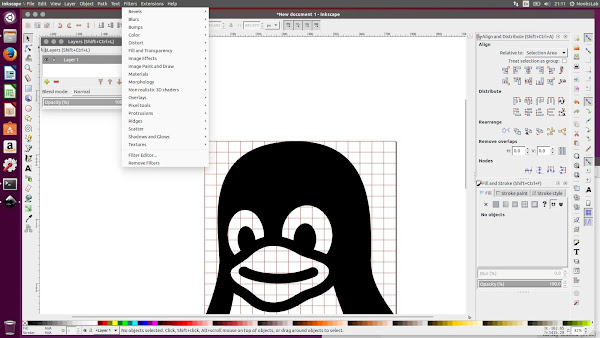


So, that all said, I’m not the intended audience for the Inkling, but I had been following the countdown to the unveiling of a new product from Wacom, hoping for a pressure-sensitive stylus for capacitive touchscreen devices (like my Asus Transformer or an iPad). It will be interesting to see when hands-on reviews start cropping up. I imagine that with practice one could visualize the intended effect, but to my mind it’s quite a compromise. The physical pen sketch on the page can’t reflect anything interesting the software might do with the pressure data, like varying linewidth or opacity, as suggested by images here and here respectively. Using a standard ballpoint refill may make sense, all things considered, but it’s not the most pressure-sensitive of drawing instruments. Having to find the doohickey and clip it onto a sketchpad before starting any sketch might be enough hassle that I’d reach for a more gratifying-to-use pencil, pen, or brush, though, and then I’d have to take my photo anyway. The Inkling might streamline this process and enhance it with easy conversion into vector graphics and the ability to switch layers (so a rough sketch can be separated from refinements drawn over it). I archive doodles using my camera there’s a higher chance I’ll see them again if they’re on the computer, especially if I tag them as sketches in Digikam. The position and pressure data are recorded and the sketch reconstructed in software. I noticed a flurry of excitement on Twitter over a new product from Wacom called the Inkling, a combination of a pressure-sensitive ballpoint pen and a doodad that clips onto the top of your sketchbook and records the position of the pen by detecting inaudible sound pulses emitted by the pen.


 0 kommentar(er)
0 kommentar(er)
